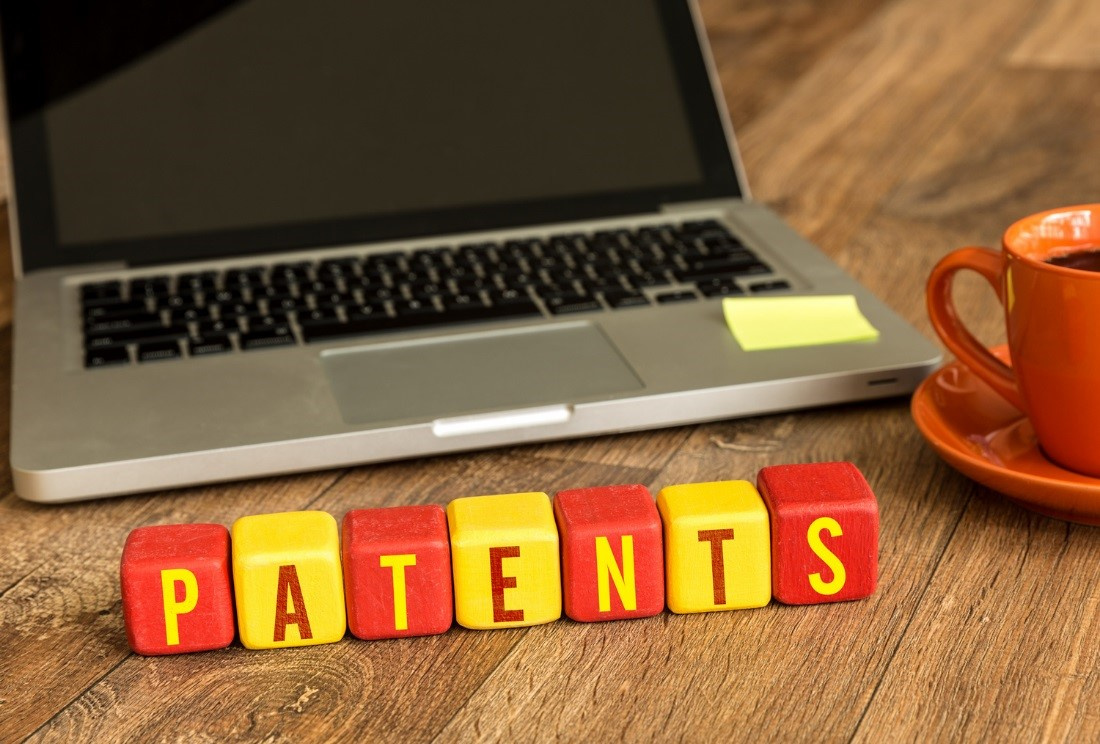How to launch a patent process in an IT company

In December 2015, the American distributor with a turnover of $ 43 billion. Ingram Micro bought part of the Parallels business, and Odin Automation, a platform for the distribution of cloud services. In addition to the developers and several key patents on the product itself, Ingram Micro inherited the beginnings of a “culture of patenting”, which later blossomed and covered all the new developments with a protective crown. How this “tree” grew and what I “watered” with it I will tell in this post.
Initially, our developers were hostile to the idea of patenting, and the first thing the patent team had to hear was, to put it in literary language, “We don’t even want to think in this direction!”
Nevertheless, in the realities of the modern technology market, especially the cloud, where a real revolution is taking place, patents are a vital asset, and, of course, top management not only welcomed our local initiative, but also began to contribute in every way.
')
The fact is that the company does most of its sales in developed markets, and in the long run, such technology business, and moreover, business with such ambitions simply cannot do without patents.
As soon as we realized that developers simply could not be persuaded, they agreed on a policy of bonuses for inventive activity. The conditions were as follows: the authors get $ 250 for a description of their idea, $ 2500 for assistance in preparing an application if it is submitted, and $ 5000 for an issued patent. However, we were not in a hurry to immediately tell about the new bonuses to the developers, but decided first to work out the entire campaign to launch the patenting process.
Preparation took about two months. The base of arguments for patenting and counter-arguments against was thoroughly worked out. We knew that the developer’s mind would never agree to do anything unless logically convincing of this “something”. We also built a rationale for motivation from all sides - both in terms of the importance of patents for the company, and why it is very beneficial for developers personally. We immediately decided that participation in the patenting process would be voluntary. Many times we rehearsed the presentation with our chief architect, played out question-and-answer sessions, worked out every movement, intonations and every letter on the slide. Even our patent attorney was specially discharged from the USA to also speak to the developers and tell a couple of interesting cases from his professional life.
And so, when a large presentation hall was ordered in our business center, mountains of pies were packed and juices were bought in order to get developers to absorb new information, and even an awesome list was compiled in which we had to be sure to check all those present, we launched an offensive.

The fight of skepticism and ardent speeches of the patent team lasted about two hours! It was so grand that many people remember this event to this day. In the end, all the weapons of the patent team worked 100% and the developers were on the same side of the barricades with the patent team, now on the same battlefield against patent trolls and unscrupulous competitors. The patenting process has been launched! First in Moscow, then in Novosibirsk, then in Spain, and at the moment the company plans to launch patenting in other offices.
For 2016, the process was significantly improved and optimized, applications were submitted one after another, tens of thousands of dollars were paid as bonuses for inventive activity. It was both hard and interesting. When at the end of 2016 we fulfilled our ambitious plan on requests, we celebrated it with champagne, congratulated each other and rejoiced, like children.
Now in our company, every engineer knows what a patent is, a patent application, claims (claims), who the patent attorney is, how much it costs to submit an application, what selection criteria to apply to your ideas, and so on. We consider this a great success!
So, if you want to repeat our path, then in order to successfully launch the patenting process in your IT company, you will need:
1. Self developed process that you want to implement.
2. Favorable bosses, ready to support their authority.
3. Several hundred thousand dollars of budget.
4. Reliable and ready to quickly delve into technology patent attorneys in the country where you want to patent.
5. Pies and juice - for starters, champagne and chocolates - to celebrate the first applications.
6. And of course, one young and mega-annoying patent engineer, like the one whose post you are reading now :)
Source: https://habr.com/ru/post/338154/
All Articles